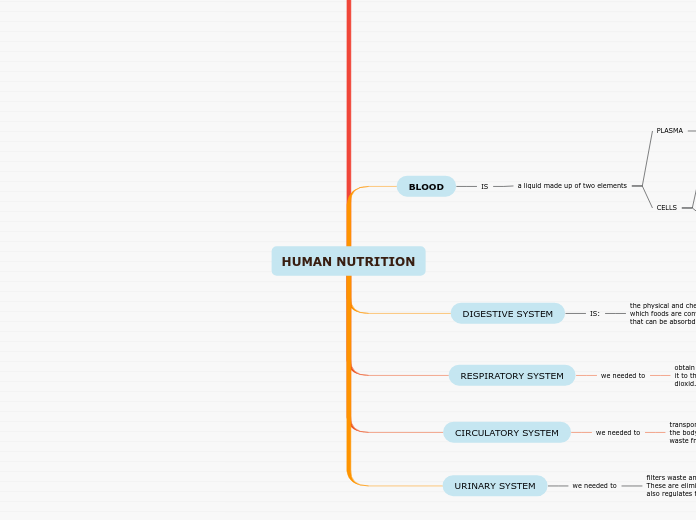par Andrea Lenti Pitarch Il y a 4 années
448
HUMAN NUTRITION

par Andrea Lenti Pitarch Il y a 4 années
448

Plus de détails

To name your story, you have to think about the overall message and what you want your audience to understand from the story. Also, make it relevant and easy to remember.
The ending of a story is essential. We all know that if the ending is weak, what happened before loses its importance. So make it unpredictable, but fair. A resolved ending answers all the questions and ties up any loose threads from the plot.
This is the closure section of the story.
See examples of possible outcomes below:
Try answering these questions to come up with a closure:
- Have all the problems been solved?
- Is there a clear picture of what happens with each character in the story?
- Has the challenge transformed your main character?
- How do the characters feel in the end?
The middle of the story is where you add layers of complications that will lead to the end. Reveal more about the character's journey. Did their personality go through changes? How did they overcome the challenges? And as you build up the story’s central conflict, make it more personal to that character. Also, from the middle act, you have to lead into the final act.
There wouldn't be any tension and excitement in your story if there weren't any obstacles in your character's way.
CELLS
may be red blood cells, whithe bloods cells or platelets
PLATELETES
cell fragments that participate in the blood clotting and control the bleeding process.
WHITE BLOOD CELLS
Are... smaller in the volume. And there are different types of leukocytes, all they have nuclei and are part of the body response.
RED BLOOD CELLS
Are
Are.. Erythrocytes, make up the largest volume of blood cells. These cells lack a nucleus and are specialized in transporting oxygen.
a 45% of the blood composition
PLASMA
a aqueous solution made up of several solutes. It contains several nutrients
a 55% of the blood composition
In the beginning of the story (or the exposition), you will need to introduce the setting and characters. You might also want to introduce the main conflict. This part of the story is important because it gives the reader necessary background information and maybe even a first insight into a character’s personality.
2 TYPES
Characters are essential to a good story. Usually, the protagonist(s) is/are the most affected by the plot. Introduce a character by focusing on their actions, interests, and occupation, as the physical appearance doesn't make a difference in most cases.
ORGANIC
Vitamins
organic components that the body either cannot produce or produces only in insufficient quantities.
Are essencial for regulating many cellular processes in the body
Are needed in small quantities
Proteins
moleculs that are mainly up of carbon, oxygen, hydrogen, and nitrogen.
Can be used as an energy source if all the carbohydrates and fats been used up by the body
Is a process the body needs for growth and repair
Fats
moleculs made up of carbon, oxygen, and hydrogen. Are a type of lipid
Used in the formation of biomoleculs and are the main component of cellular membranes.
Nutrients that contain the most energy, are stored in specialized tissues.
Carbohydrates
Choose the type of your chacter:
moleculs composed of carbon, oxygen, and hydrogen
Provide the raw materials from which cells can from biomoleculs.
The main source of energy for cells.
INORGANIC
Type in the name of your character.
Minerals
What is your character's main goal?
ARE:
involved in the regulation of internal processes and used as building materials.
nutrients that humans need in small quantities
Oxygen
Which traits best describe the character's personality? Choose more if necessary:
Is a gas you obtain from the air, and not from food
Watter
THESE:
The chemical reactions that make life possible occur in watter
It makes up two thirds of the human body